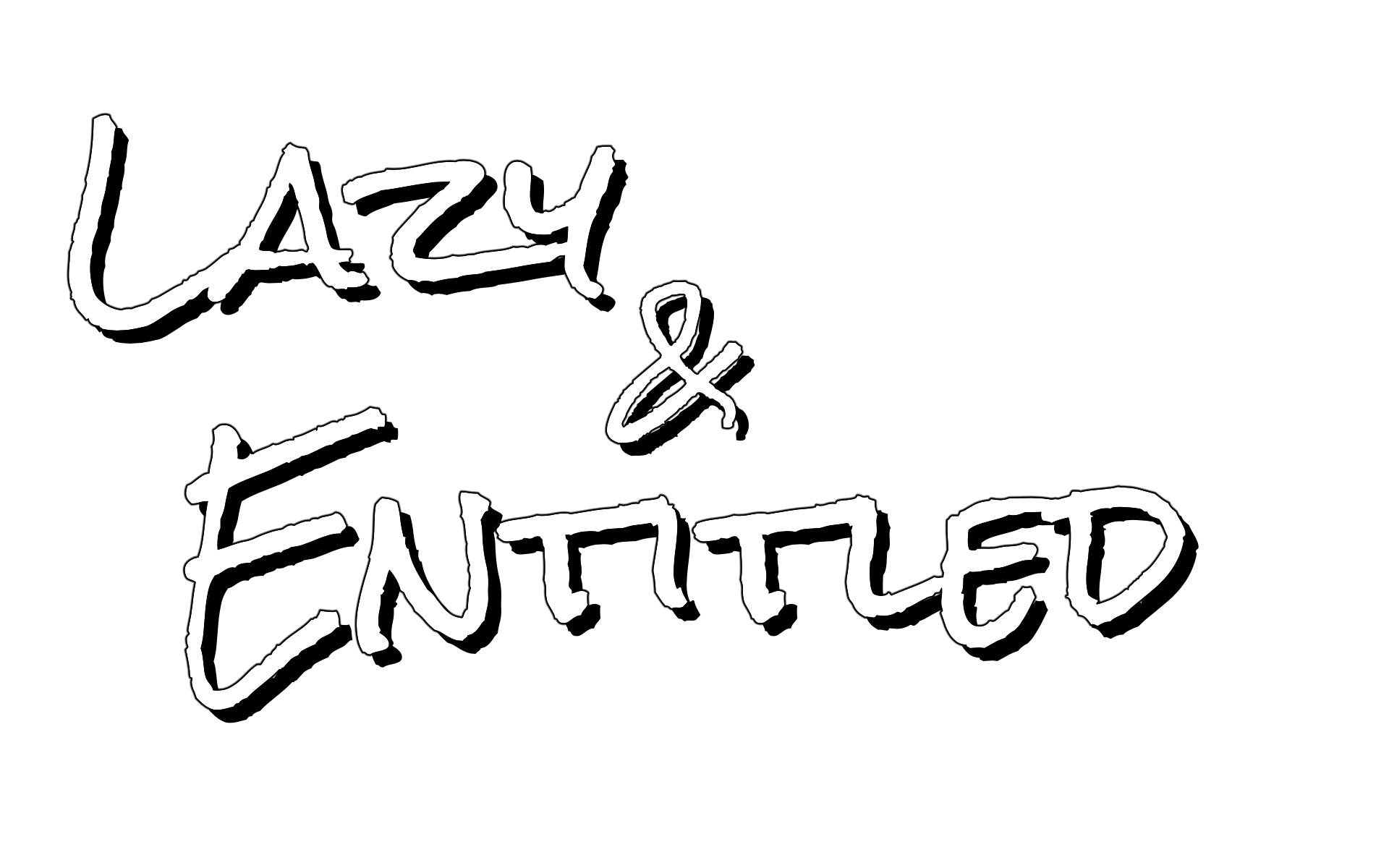“A basketball game was, and always will be, part playing the game before us and part making sure we have someone to bear witness.” – Mac Crane, ‘A Sharp Endless Need’
We begin this week with a correction: on last week’s Lazy & Entitled Podcast (Apple | Spotty), when Brendan was interviewing me about BURGERS OR TACOS? I misspoke. Or misremembered. I said that the main riff in my song “Grilled Shrimp with Pico de Gallo & Lime” was written using a “perverted blues progression,” which I defined as a minor i, minor iv, and then diminished vii chord (with a normal blues prog being I – IV – V). Well, that’s not the right progression for that riff. That riff’s progression is C#m – F#m – G# – A – G# – A – E. I did begin writing with the chords C#m – F#m – Cdim in mind, but it evolved into something else. I just misremembered.
That correction off my chest, our second item of business is that this week is a music nerd column.
YouTube is awash in “how to spice up your chord progression” videos. I genuinely wonder how teenage me would use YouTube guitar/songwriting lessons. We were so against “doing something someone else has already done” in our band. That often meant eschewing normal chord progs. We had a blanket ban on “the Blink progression,” that I – V – vi – IV that litters 95% of their songs (and also “Let It Go,” and also “Let It Be,” and also “When I Come Around,” and also “No Woman No Cry,” and also “If I Were A Boy,” and also “My Name Is Jonas,” and also “Don’t Stop Believin,” and also “Hey Soul Sister” by Train, and also I’m not sorry if those are in your head right now). Instead, we’d do things like I – V – iv – iii, except it didn’t sound quite like “Just What I Needed” (and not just because they play a III, not a iii).
Anyway, maybe you are a songwriter, or a musician looking for something different. Here is some stuff I like to do:
1. Perverted Blues Progression
The blues progression, the way they played it when Black people invented good music all the way up the way they played it in Sinners, is I – IV – V. The most common type is a 12-bar version, but there are 4, 8, and 16-bar ways to do it, too. If memory serves, either Coltrane or Oscar Peterson, one, had a 12-bar blues with a four-bar ii – V – I tacked on a the end in one song. Point is, there are all sorts of cool things you can do with the three chords that are the foundation for blues, jazz, country, and rock. One of my favorite things to do is what As Cities Burn did with so much magic on “84 Sheepdog.”
Hear it? It’s an E minor blues (or Eb, whatever), but instead of playing a B7 (or Bb7, whatever), they hit that D# diminished and slide up to an F# diminished. That’s a sick thing about diminished chords: not only can you substitute them for dominant fifths (more on those in entry #3), but any of the four notes in the chord can be the root. An A diminished, F# diminished, C, D#—all of them resolve to the E minor. Or E major. Or resolve a C diminished to a C# major and get really wild. Resolve an F# diminished to a G minor (after being in E minor), and suddenly, you’re making the same key change jump Bon Jovi did in “Livin On A Prayer.” Isn’t that key change jump sick as hell? Don’t you actually think “we’ll make it, I swear” when Derrick Bliss makes that key change jump?
2. Make a Diminished Jump Outta Nowhere
Diminished jumps—going from root note to the flat fifth, aka C to Gb—used to be banned by the Catholic Church. Whether or not that claim is true, I don’t have time to or feel like looking up. Suffice to say that it is an odd-sounding movement, and the added implied evil is a bonus. The first time I saw someone use it, it was Murfreesboro, TN indie heroes The Roosevelts (song I’m referencing is not in that video, for the record). The chord progression was A – B/D# – D, so not a true diminished leap, but watch the bass: open A string, 6th fret A string, 5th fret. When I saw those dudes do that, I took in the information, processed it, and then avoided like an evangelical kid avoids alcohol. Which is to say, in a few short years, I couldn’t get enough.
It’s hard to get right, though. Or at least, most of my forays haven’t made it to actual finished songs. Brendan and I did it on the solo section of the track “eroding coasts” from Weight Of An Anchor. Brendan’s got a B & The Nothingness song that does it, too, or at least I think he does. His song “The Devil’s Bastard” does use the chord I’m talking about, but not in the way I’m talking about.
3. The In-Progression Key Change, or, ‘There And Back Again’
One of my favorite things about music is how the same chord can “naturally” (read: “naturally to Western ears”) resolve two different ways. The dominant fifth—aka the fifth chord played with a major third and flat seventh—can resolve to major or minor. So, let’s say we’re in A minor, and the last chord of our progression is an E7. The next chord doesn’t have to go back to A minor. It can totally go to A major. Mozart knew this, of course he did. You know who else knows this? People who write tango.
Anyway, you can totally go from A minor to F# minor in the span of one progression, if you try hard enough. Seal does some pretty wild stuff going from G major to G minor in “Kiss From A Rose,” just watch:
Or get weirder: here are the chords to one section of my song “Al Pastor with Cilantro & Onions,” which takes a brief two-bar sojourn into Bb major, despite being in F# minor:
Dmaj7 – Amaj7 – Bb69 – Ebmaj7 – F#m9 – Bm11 – C#m11 – C6
Try it at home, on your guitar or piano. Weird, right?
Will playing those chords in that order for one measure apiece get you on the radio? Make you money? Make people say, “that’s my favorite song?” No. None of the above. But it will make some people say, “dude that is fucking wild” or “cooooooool.”
And honestly, what’s the point of making music if people don’t say those latter things?
Sorry you got an email,
Chris

